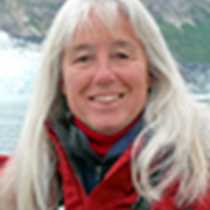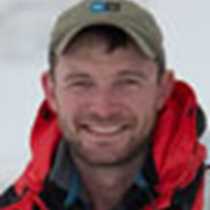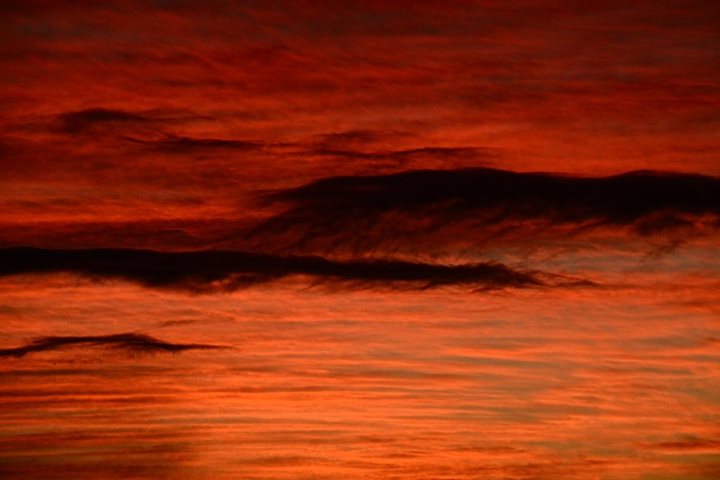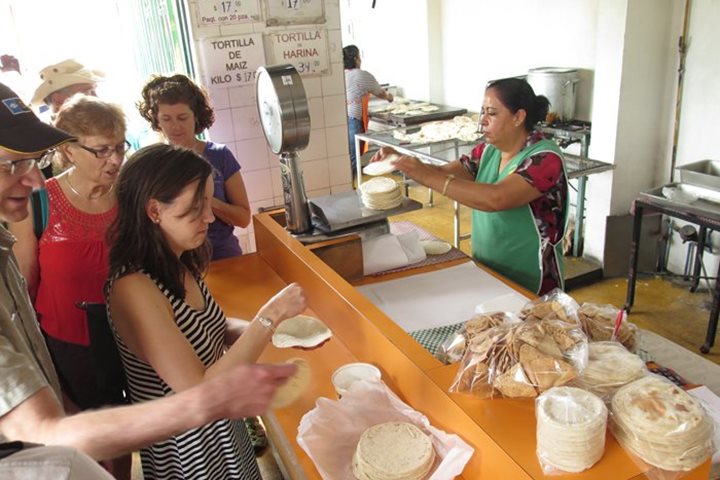As National Geographic Sea Bird approached the beautiful protected bay of Agua Verde (Green Water) on the Baja California Peninsula at dawn, the sky was highlighted in beautiful pastels. We anchored and used this bay to stage our operations for the day. On land and sea, there was plenty to do here; from snorkeling, to kayaking, hiking, and tide-pooling, we had many options from which to choose. Adventurous long hikers spent the entire morning trekking to a cave that harbors “paintings”—red ocher outlines of human hands—attesting to the ancient habitation on the peninsula.
The hike up onto the San Pasquel Peninsula was worth the challenge for the panoramic views and some interesting birds, butterflies, and rock formations. Turkey vultures were particularly evident, and we observed an osprey—the fish hawk—quietly feeding on a recent catch from the top of a cardón cactus.
Some people chose to walk to the small nearby fishing village, visiting a store and mingling with the locals. This is a popular place for sailboats to anchor and reprovision. Located about 25 miles by rough dirt road from the main highway—Route 1—this is a very remote and isolated community.
A surprise treat as our expedition landing craft returned to the mother ship was a sighting of a young whale shark! This docile, spotted plankton-eater is the world’s largest fish, sometimes attaining lengths of 50 feet—thus warranting the name.
The colorful and often bizarre-looking world under the water’s surface was revealed through snorkeling and tide-pooling. Our undersea specialist, Alyssa, also provided a special window into this environment through the lens of her underwater video camera, which we all enjoyed in the dry, warm comfort of the ship’s lounge at the evening Recap.
There have been many opportunities to practice “writing with light” as we continue to learn more about our cameras and take advantage of the beautiful weather and scenery.









